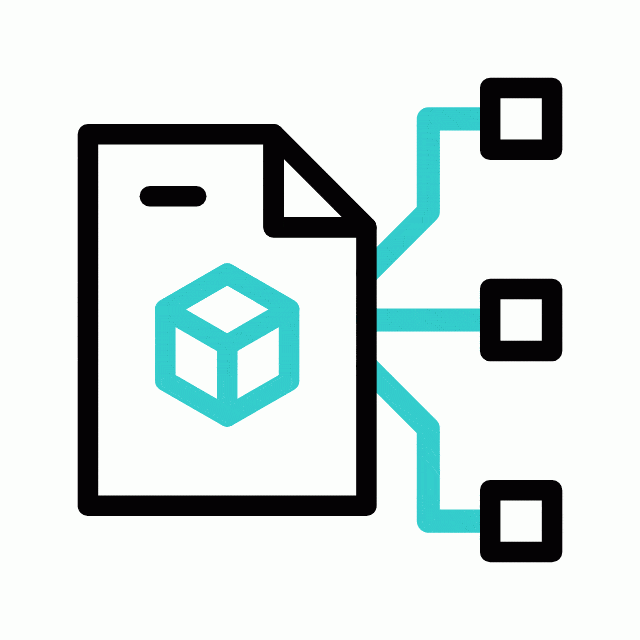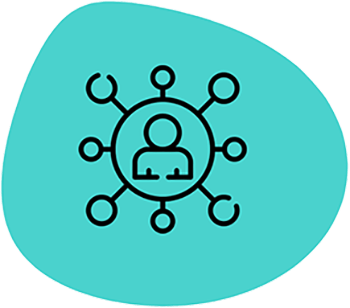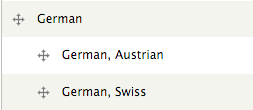Multilingual sites with Drupal
Reach a global audience

If you want to go completely global or cater to specific international markets, there’s no better platform to use than Drupal. Tailoring your content, SEO, commerce options and more is all facilitated by the internationalisation ('i18n') possibilities baked into Drupal and its extensions. We at ComputerMinds have rich experience with multilingual websites and have taken the lead in building solutions into Drupal itself for multilingual projects.
There isn’t one single approach that fits everyone, which makes Drupal a perfect foundation to build upon due to its incredible flexibility and the interoperability of its extension ecosystem. We customise every website to meet the needs of you and your customers, whichever languages they speak. Localisation ('l10n') for properly relevant content and services is just one aspect of this.
There isn’t one single approach that fits everyone, which makes Drupal a perfect foundation to build upon due to its incredible flexibility and the interoperability of its extension ecosystem. We customise every website to meet the needs of you and your customers, whichever languages they speak. Localisation ('l10n') for properly relevant content and services is just one aspect of this.
Translation strategy options

Editors can set up translations themselves directly within Drupal’s administrative interface, and translators can be given access to work on the content through Drupal or via various external services. Bespoke dashboards and automatic workflows can be set up for your team’s workflow. Translations can be edited on the fly within Drupal, or prepared externally and imported. Drupal can act as your Translation Management System, or it can integrate with one you already use ... but we don’t even mind if you just want to rely on old-school spreadsheets!
We have a deep appreciation of the requirements of multilingual contexts so we will gladly help you navigate the options, at the level that your business needs.
Humans will always provide the best content, and translations are no different. That means solutions need to serve real human beings. So Drupal is a great fit as it is an open-source project with a strong international community that understands the real needs of multilingual websites. We can work with you to understand how the technology needs to be shaped for you, and to help you maximise the possibilities that Drupal offers.
We have a deep appreciation of the requirements of multilingual contexts so we will gladly help you navigate the options, at the level that your business needs.
Humans will always provide the best content, and translations are no different. That means solutions need to serve real human beings. So Drupal is a great fit as it is an open-source project with a strong international community that understands the real needs of multilingual websites. We can work with you to understand how the technology needs to be shaped for you, and to help you maximise the possibilities that Drupal offers.
Automated and AI translation

Machine translation can provide a helpful starting point for internationalisation, but there are also automated services for integrating translations provided by humans. The use of artificial intelligence for translation is continuing to grow. We have built integrations with each kind of service, such as Smartling, Lingotek, POEditor, LanguageWire, Transifex and Google translate. These can be fully automated, or include varying levels of human involvement, to communicate exactly what you want, exactly how you want.
Commerce

Selling your stuff in different languages and currencies is easy with Drupal. We have a proven track record of building international commerce projects. Perhaps you have stock warehouses for distinct regions, or want to use unique payment providers in specific countries? Drupal makes it possible. Perhaps you need to localise your tax handling, or have complex business logic requirements? Drupal is ready for that too. Rather than force your business to work in the way that a simple off-the-shelf solution might require, we build a relationship with you to understand what shape your solution needs to take, and then have the skill to bend Drupal to match that.


